“Rice is a beautiful food. It is beautiful when it grows—precision rows of sparkling green stalks shooting up to reach the hot summer sun. It is beautiful when harvested, autumn gold sheaves piled in diked, patchwork paddies. It is beautiful when, once threshed, it enters granary bins like a cataract of tiny seed-pearls. It is beautiful when cooked by a practiced hand, pure white and sweetly fragrant.” ~Shizuo Tsuji
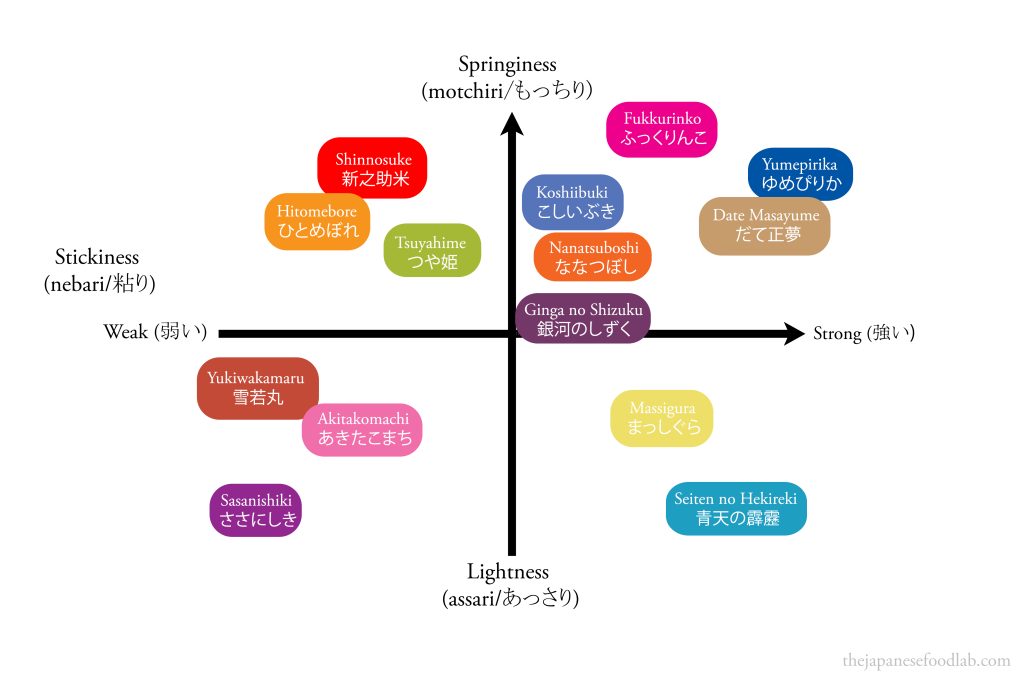
The story behind rice varieties in Japan
Rice holds a significant place in the hearts of Japanese cuisine, woven seamlessly into the fabric of the nation’s food culture. It is not only an essential part of virtually every meal, but is the foundation of many of the common foods that make up the Japanese diet. It is on rice that Aspergillus oryzae mold is cultivated on to make koji, the key ingredient used to ferment soy sauce, miso and sake. Vinegar can also be made from rice or sake lees, and is used to give sushi rice a hint of acidity to contrast the seafood. When milled, the bran from the rice can be made into a pickling bed for vegetables, or pressed for oil used to fry tempura.
All this is possible due to the country’s climate and geography that make it an ideal environment for rice cultivation. This has allowed the Japanese people to cultivate rice for most of their history, slowly assimilating it into part of their culture. In the past, rice was not only seen as a staple food, but also as a symbol of wealth, used as currency or religious offerings, and paid as tax.
In Japan, the two main types of rice you’d find are glutinous rice (糯米/Oryza sativa var. glutinosa) and short grained rice (Oryza sativa subsp. japonica). Short grain rice is far more ubiquitous and is sold in many forms, from brown rice (玄米), to pre-washed rice (無洗米) and partially milled rice (分づき米). However, undoubtedly the most common form you’ll see it in is as unadorned white rice. This is rice that has been milled and polished to remove the bran and germ, leaving only the middlemost white endosperm.
Short grained rice is grown all across Japan in its many prefectures and throughout time, has been bred and selected for characteristics that the Japanese people prefer: grains that are plump and tender, yet with still a little bite to them. The texture should be soft but ever so slightly glutinous to allow them to be lifted with chopsticks without falling apart. It should also have a hint of savoriness to it, with a gentle sweetness coming through the end.
When I apprenticed in Japan, I remember having to make sushi for my Oyakata to taste, focusing all my effort into trying to replicate the style of sushi rice he made. Whilst I succeeded after going to great lengths to source the rice and vinegar he used, I realized that what he wanted was for me to develop my own style of sushi. Tasked with such an open-ended job with so many factors at play, I decided to take his recommendation and start with the most fundamental decision- deciding on a rice to use.
Standing in front of the rice selection at a specialty store on my off day, I was at a loss for words at the staggering amount of choice available. While outside Japan you typically only have one or two brands of generic Japan grown Koshihikari rice to choose from, here you not only had a myriad of different varieties other than Koshihikari, but also a choice of which prefecture or even city the variety was grown in. There was even access to different brands of the Koshihikari variety such as Nitamai and Yuki Tsubaki which are grown under specific conditions or in prime locations. To an outsider, it was as though one had just come to the realization that there was more to French wine than simply Vin de France.
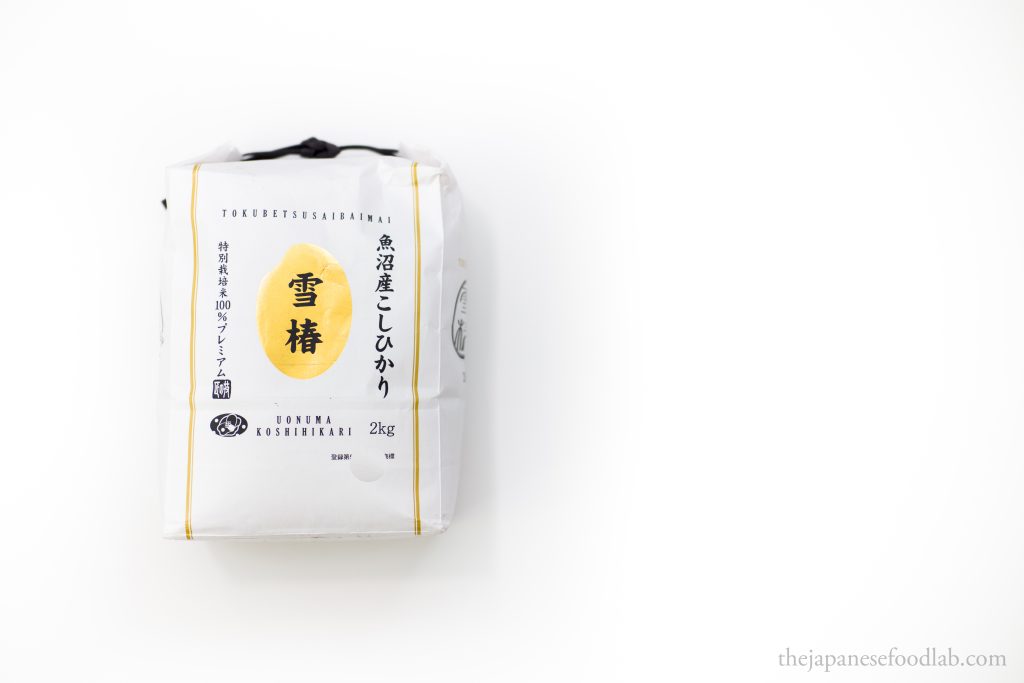
Variety like any other food
Having spent many months tasting and learning about the different varieties of rice available, we thought we’d try to distill the essence of how this industry came to be, how it operates and who the various stakeholders are.
One can easily think of rice varieties in the same way as any other popular staple foods that have a multitude of varieties such as apples, potatoes and tomatoes. Your everyday consumer will be more than familiar with the basic varieties you’d find in the supermarket. Taking apples as an example, that’d be your Granny Smith, Red Delicious and Fuji apple. In Japan, the rice variety that takes up this role is Koshihikari rice which has for many years taken the top spot as the most prolifically grown variety. They’d also be your more obscure varieties that only hardcore enthusiasts will know about such as the Black Diamond apple or La Bonnotte potato. The same exists for rice and if we get the chance, we’ll also look at some of the harder to find Japanese rice varieties.
What are the qualities of Japanese rice?
In the same way that you have waxy potatoes that are more suitable for boiling and roasting, and starchy potatoes that are more suitable for frying and baking, different varieties of rice have traits that have been deemed desirable and selected for over time. These traits are:
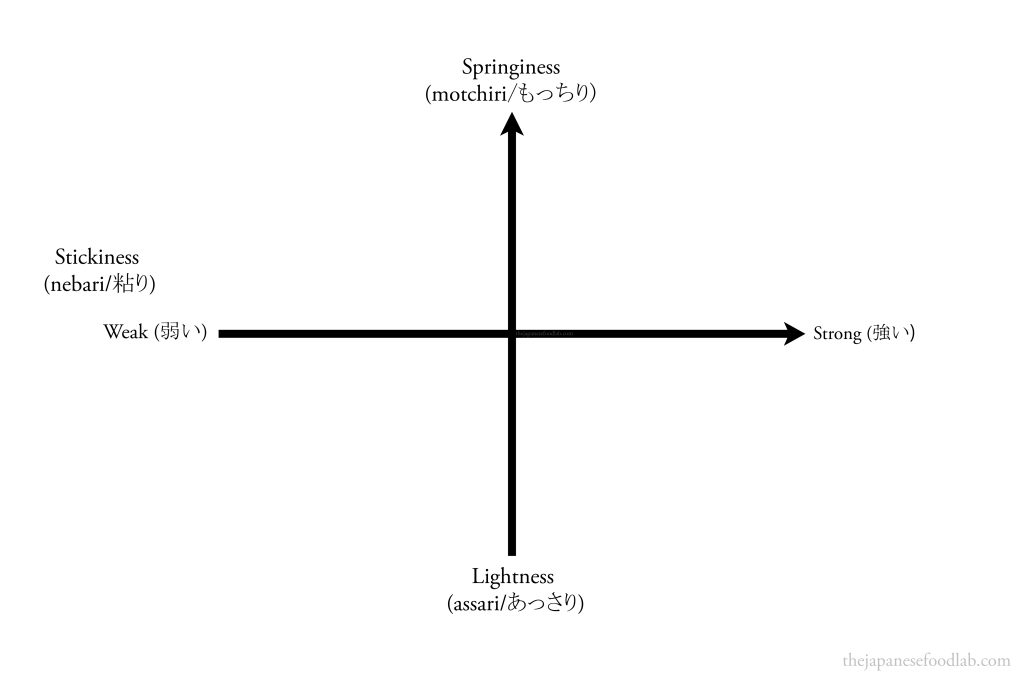
To learn more about these evaluation qualities, read our article on how rice is evaluated, followed by an in depth explanation.
As you may see from the diagram, rice isn’t simply evaluated on a one dimensional spectrum of good to bad but on a cartesian plane with stickiness (nebari/粘り) on the x-axis and lightness (assari/あっさり) to springiness (motchiri/もっちり) on the y-axis. When evaluating rice this way, we aren’t looking at maximizing one particular quality or one extreme corner of the graph, but are looking at how well the rice is balanced. This means there isn’t one quality profile which fits the definition of ‘ideal’ but instead a landscape of combinations on which different peaks exist.
In order to reach such peaks, breeding programs exist all across Japan where different varieties are cross-bred in an attempt to obtain a genetic combination that can maximize one or more desirable qualities. Or of course, if lady luck looks favorably at you, you might just come across an advantageous mutation occurring naturally in your rice field as occurred in the case of Ryu no Hitomi.
Whilst our main focus will be on the taste and texture aspect of the different varieties, it’s also important to realize that a whole host of different factors are also taken into account when breeding rice such as disease resistance, climate suitability, yields, mineral tolerance and even shoot lengths just to name a few.
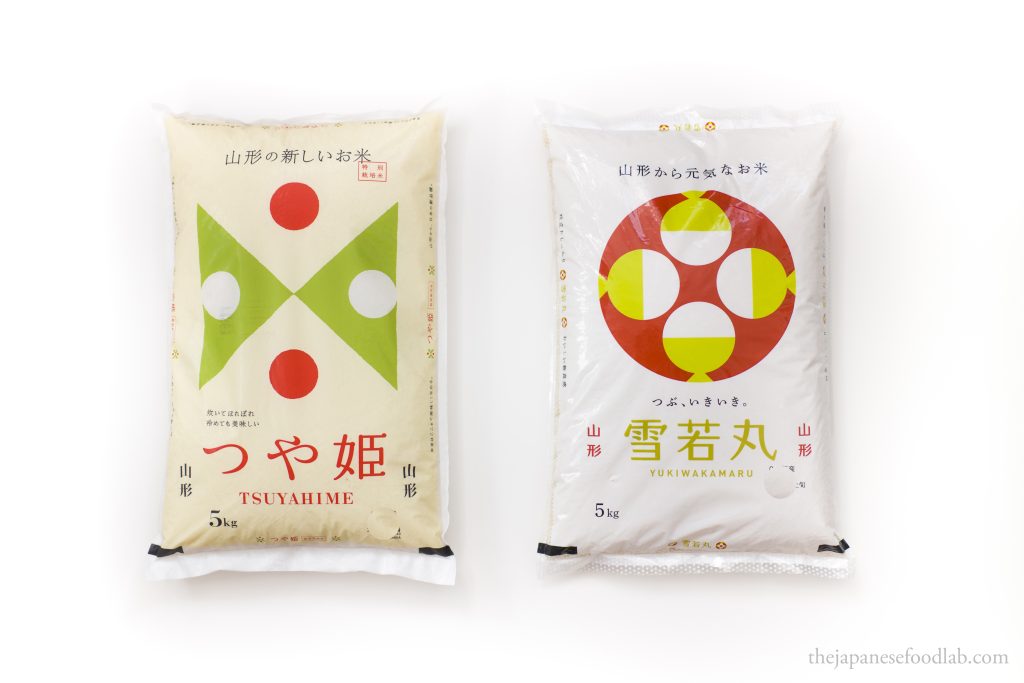
Prefectural pride, competition and a saturated market
Given its long history, it won’t be a surprise to learn that the domestic market for rice in Japan is already mature and saturated. The ramification of this can be seen in the fierce competition between prefectures to gain any competitive advantage in the market. This means that most of the time breeding programs are not run at a national level but at a more local level in order to try and produce a rice variety that can stand out among the rest and represent the region or prefecture. Good examples of this are Tsuyahime by Yamagata prefecture and Seiten no Hekireki by Aomori prefecture.
Each region’s rice production is also strongly supported by the local residents. Even now, they maintain a sense of pride around which area produces the best rice. We even know of people who have moved overseas who still receive packages of rice from friends and family that still live in their home prefecture every autumn when the season’s new rice goes on sale. Local restaurants also swear by the rice produced in the region and it’s not uncommon to find apprentices who have moved to other cities or countries to open their own restaurant to still source the rice they had originally used back home.
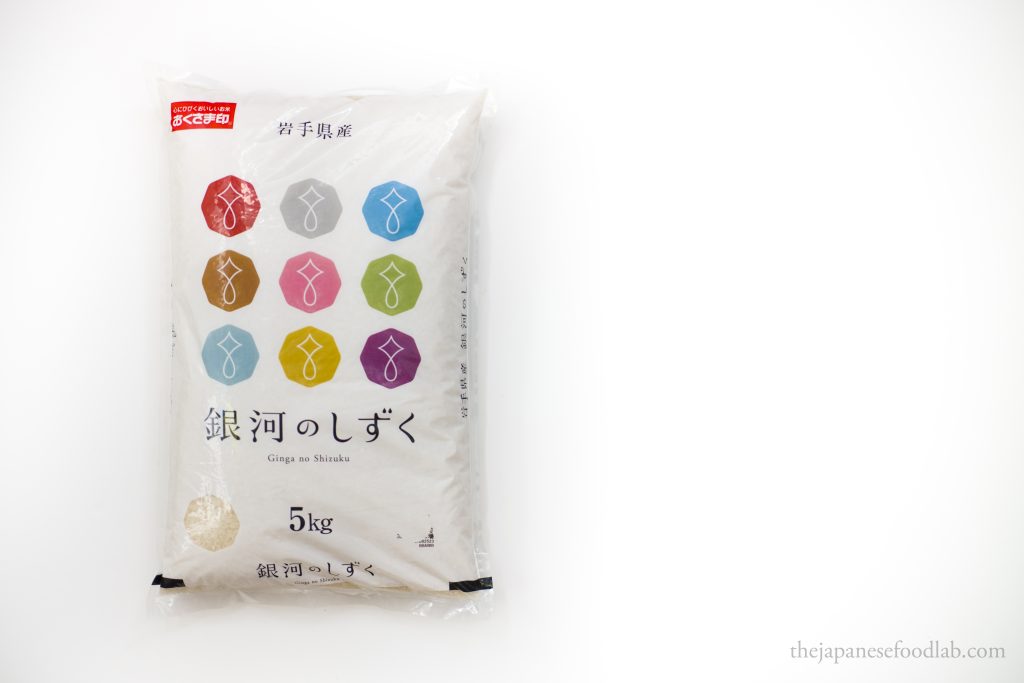
Bringing a new rice to market
After successful trials and experiment plots of rice have demonstrated the quality, safety and viability of a new variety, information and training workshops are held for farmers to then start cultivating and harvesting the variety in their own farms.
In a constant tug-of-war to obtain a larger portion of the market share, the release of a new rice varietal is usually accompanied by great fanfare and ceremony that consists of marketing campaigns, promotional events and advertising. As a benefit to us consumers, it also means that there exists plenty of information provided to us with reach release, including documentation on the genetic cross-breeding, the growing conditions and even taste test results.
In a success story, demand for the new rice variety will continue to grow, driving up the price of the variety which in turn will incentivise more farmers to take up production. As people start to take notice of a new variety, so too do the experts start to weigh in on the rice and its qualities.
This series of articles continues on how rice is evaluated in Japan.